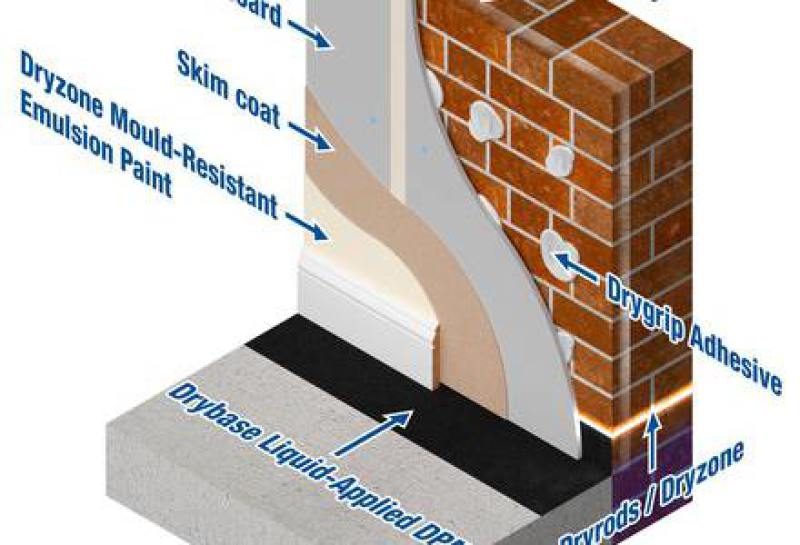What causes rising damp?
Rising damp can affect both internal and external walls. When looking for evidence of rising damp on external walls, again you should keep an eye out for tide marks. You may also see some of the mortar crumbling between the bricks or stonework and salt deposits too.
Rising damp is a relatively rare form of damp and treatment will only work if it is correctly diagnosed.
It can be hard to distinguish rising damp from other forms of damp like condensation or penetrating damp.
Having said that, the following are some of the more common signs of rising damp that you can look out for:
Tide marks of salts
Dark patches on walls that can be damp to touch - for a better indication of rising damp you want to determine that the brickwork/masonry is actually wet and not just the plaster or
wallpaper.
Staining of wall coverings, peeling wallpaper & blistering paint.
Damp and musty smell.
Discolouration & fragmenting plaster.
Decaying timber e.g. skirting boards, floorboards, floor joists.
The solution
Most modern properties are built with a damp-proof course, commonly referred to as a DPC. Some properties, however, were built with no DPC, or the original has failed, meaning that rising damp can occur and it is necessary to make remedial repairs.
The Dryzone System range of products is designed to enable you to eliminate rising damp in these situations and renovate the interior walls that have been affected by it. Each product in the Dryzone System range is part of a system designed to enable the user to solve the problem of rising damp from start to finish.
We are now offering the full rising damp and replastering treatment system
Contact us now for a free estimate




